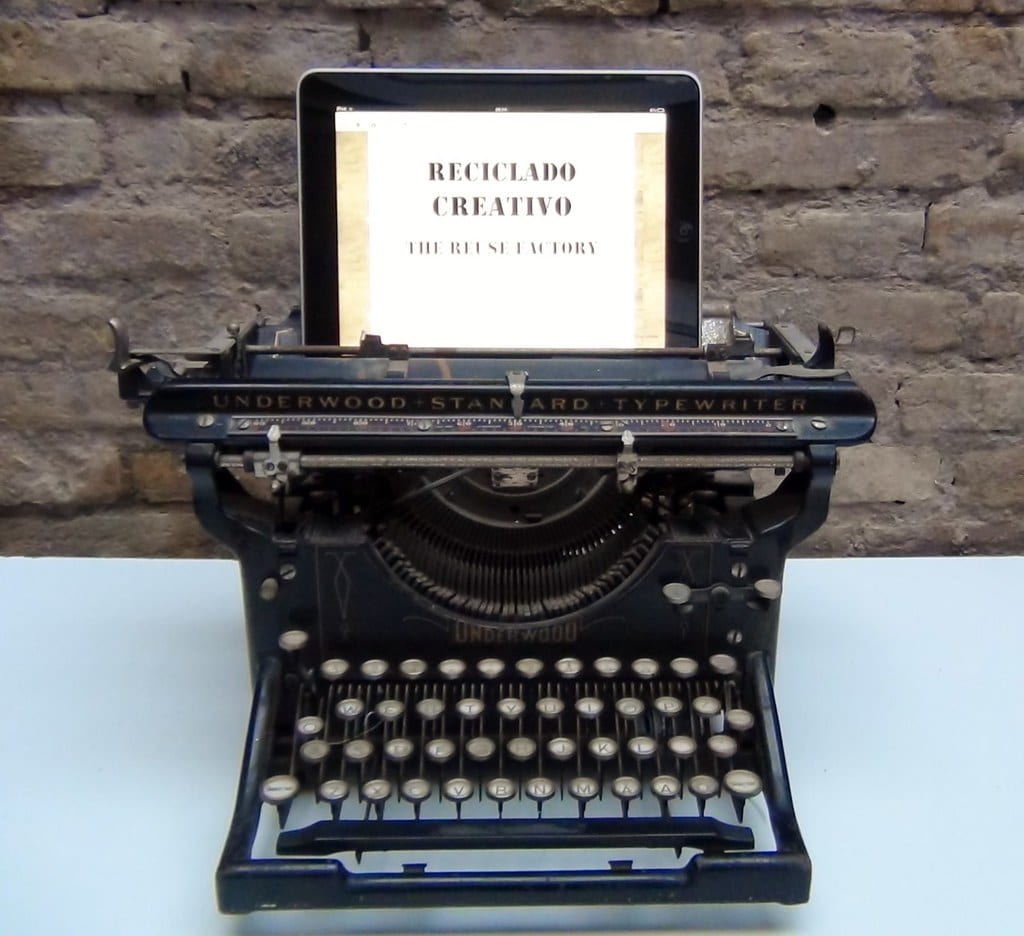
SUMMARY
Role: Screenwriter
Intention (SMART Goal):
By May 10th, as part of Film Team 3, I will have made an exceptional storyboard and script that successfully builds dramatic tension using beats effectively via dialogue; I can achieve this by observing dialogue in film and studying screenwriter’s .
PRE-PRODUCTION – INQUIRY
Leader in the Field / Exemplary Work:
Training Source:
00:18 : The first goal when writing dialogue is authenticity. You can add humor, and deeper meaning later. But when writing my first goal is to make it seem like something this character would say. To break this rule would be to ruin the audiences belief in the secondary world. That is bad.
00:20 : When improving/writing dialogue for characters it is vital to first know the character well. What they want, and what motivates them, combine that with their personality (The way they express themself) and you can realistically improvise any dialogue and make it feel real and authentic, spontaneous like a real world conversation.
00:51 : It is difficult to ask an actor to improv a line both spontaneously and realistically. We did this during our meeting sessions with the actors and it was a bit rough. While I write the script I will be referencing their verbal mannerisms and some of what they say. But largely I will be creating the dialogue.
03:45 : After telling some excerpts from improv story telling he’s done he discusses the idea that improved dialogue is not meant to be good. He writes many novels and he says the first draft is never good. This is important when judging improvised dialogue.
04:00 : It is useful to have some preplanned dialogue because it stimulates realistic and authentic dialogue for the character. It gives them somewhere comfortable to start.
06:07 : Matt discusses the importance of the actor being able to get comfortable in the head of their character and reach a point where they can have individual thoughts as said character.
Project Timeline
- Meet with actors
- Pre-write script
- Write script
- Evaluate location
- Ask for a teacher actor
- Block actors and camera
- Set up mics
- Film
- Organize shots
- Decide what to reshoot
- Reshoot film
- Edit film
- Edit sound
- Create music and add to film
- Add evidence to slideshow
- Present slideshow
PRODUCTION – ACTION
The (FILM, SOUND, or GAME Creation)
Skills Commentary:
In my screenwriter slide I screen shot a very specific moment from the script, this moment did get cut from the final film but I wrote it rather well. I needed a confrontation between Sloan and Amy, but the was necessary but boring, so in order to ratchet the tension I added the character Marie from the study group. I made this choice in the writing because I wanted a tense scene involving the three most uncompromising characters in this story. It turned out very well, I wish we had been able to film it.
POST-PRODUCTION – REFLECTION
21st Century Skills
Ways of Thinking (Creativity, Innovation, Critical Thinking, Problem Solving)
During this film cycle we were pulling student actors from their 1st period classes which made our actors difficult to get for any scenes and our time with them very limited. We had to edit creatively to meet the deadline and add vital dialogue to the story with actors speaking to other actors that weren’t actually in the room. It didn’t work wonderfully but I’m proud of our attempt and it could’ve been worse.
Ways of Working (Communication & Collaboration)
Since our actors were so difficult to get to the scenes because of schedule conflicts and covid, we resorted to emailing them outside of class in order to get audio of them delivering lines. We were able to send them copies of the script with highlighted lines to be delivered and they sent us the audio, some of which made it into the final edit I believe.
Tools for Working (Info & Media Literacy)
I worked heavily this session rewriting a script into celtX to get a properly formatted screenplay pdf. It was interesting and I think allowed for a better idea of what industry standard is.
Ways of Living in the World (Life & Career)
My work during this film cycle made me aware of the importance of, when working on a project, just sitting in a room with everyone involved and talking through the project and taking constructive criticism. Actors, anyone helping film on sight, everyone helping make the final edit. Even someone who stands there to hold the boom mic, they might have a genius film changing idea. This is so important, it’s too easy to become secluded in your own box as a director or screen writer.
Reactions to the Final Version
” The direction and the delivery of line during the phone scene and the total lack of eye contact from the characters felt really convincing. ” – Jack Grippo
Self-Evaluation of Final Version
Personally I think we started really strong with our many in-depth story boards and well written and edited screenplay. However due to many reasons our production began to suffer during the filming. By our dead line we had maybe 60% of the shots we wanted, which lead to major recuts in the story to work with what we had. Our final film was a pale echo of the ideas we began with, but at the end of the day, I’m still proud of what we made.